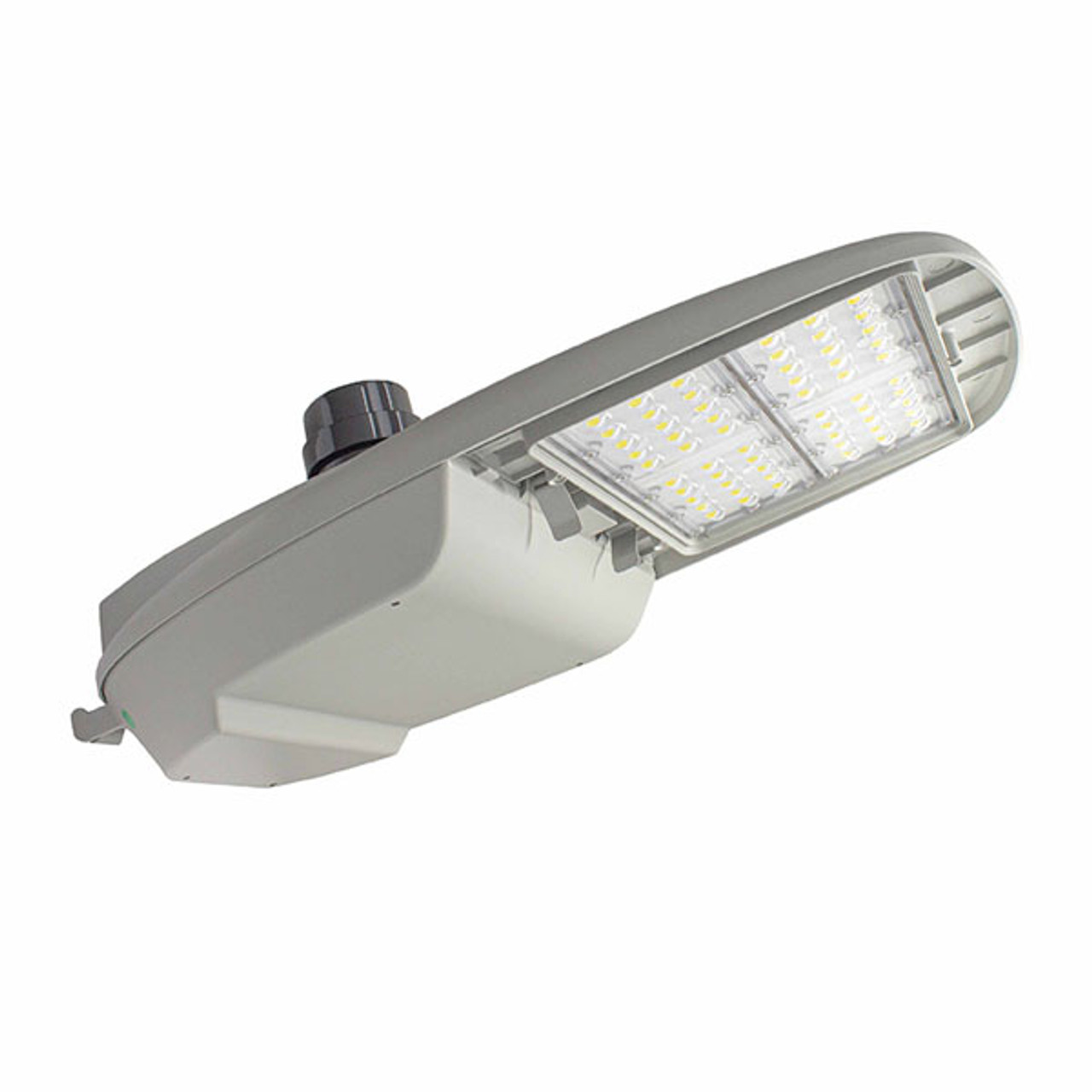Street lights are a crucial element of urban infrastructure, illuminating roadways, sidewalks, and public spaces for enhanced safety and visibility during nighttime hours. Over time, various types of street lights have emerged, each with its distinct advantages and applications. In this overview, we will explore four primary perspectives on different types of street lights: traditional street lights, LED street lights, solar-powered street lights, and smart street lights.

Traditional street lights perspective: Conventional high-pressure sodium and metal halide street lights
Traditional street lights, including high-pressure sodium (HPS) and metal halide (MH) lamps, were once the standard for street lighting. HPS lamps emit a yellowish light, while MH lamps produce a bright white light. These conventional street lights were widely used for their initial cost-effectiveness and high luminous output.
However, traditional street lights have significant drawbacks. They are relatively energy-inefficient, consuming a substantial amount of electricity and leading to higher operational costs. Additionally, they have shorter lifespans compared to modern alternatives, necessitating frequent replacements and maintenance.
LED street lights perspective: Advantages of using energy-efficient LED technology for street lighting.
Light-emitting diode (LED) street lights have revolutionized street lighting with their superior energy efficiency and longevity. LED technology converts electricity directly into light, minimizing energy wastage and significantly reducing energy consumption compared to traditional lighting options.
The advantages of LED street lights include:
Energy Efficiency: LED street lights consume up to 50% less energy than HPS lamps, resulting in substantial cost savings and reduced carbon emissions.
Longevity: LED street lights have a considerably longer lifespan, lasting up to 50,000 hours or more, compared to the 10,000 hours of traditional HPS lamps.
Reduced Maintenance: The extended lifespan of LED street lights reduces the frequency of replacements and maintenance, leading to lower operational costs.
Instant On/Off: LED street lights provide instant illumination when powered on, eliminating warm-up time and enabling adaptive lighting control.
Directional Light: LED technology allows for more precise directional lighting, reducing light spillage and minimizing light pollution.
Solar-powered street lights perspective: Harnessing solar energy for sustainable street lighting solutions
Solar-powered street lights are an eco-friendly alternative to conventional street lights, harnessing solar energy for illumination. These street lights consist of photovoltaic (PV) panels that convert sunlight into electricity, which is stored in batteries for use during the night.
The benefits of solar-powered street lights include:
Sustainability: Solar-powered street lights rely on renewable solar energy, reducing dependency on grid-based electricity and contributing to a greener environment.
Cost Savings: Once installed, solar-powered street lights have minimal operational costs, as they do not require electricity from the grid.
Off-grid Capability: Solar-powered street lights can function in remote areas without access to traditional electricity infrastructure, expanding lighting possibilities.
Easy Installation: Solar-powered street lights are often self-contained units, making them easy to install and relocate as needed.
Smart street lights perspective: Integration of technology for remote monitoring and adaptive lighting control
Smart street lights incorporate advanced technology and connectivity to enhance street lighting efficiency and performance. These intelligent lighting systems enable remote monitoring, adaptive lighting control, and data analysis for improved energy management and maintenance.
The advantages of smart street lights include:
Remote Monitoring: Smart street lights can be monitored and controlled remotely, enabling real-time performance tracking and timely maintenance interventions.
Adaptive Lighting Control: Smart street lights can adjust their brightness levels based on real-time conditions, such as traffic density and ambient light, optimizing energy consumption.
Data Insights: Smart street lights can collect data on lighting patterns and usage, providing valuable insights for future urban planning and infrastructure development.
Fault Detection: Smart street lights can detect faults and issues proactively, allowing for faster response times and reduced downtime.
In conclusion, the evolution of street lights has witnessed a transformative shift from traditional lighting technologies to more sustainable and intelligent options. LED street lights have emerged as a dominant choice, offering superior energy efficiency, longevity, and reduced maintenance. Solar-powered street lights provide a green and off-grid lighting solution, particularly suitable for remote or environmentally conscious areas. Smart street lights integrate advanced technology to optimize energy management and enhance maintenance practices. As cities continue to grow and prioritize sustainability and innovation, the selection of appropriate street light types will play a crucial role in shaping well-lit, eco-friendly, and technologically advanced urban environments.









